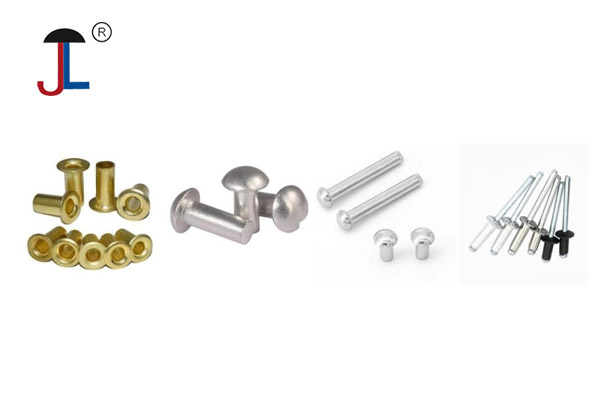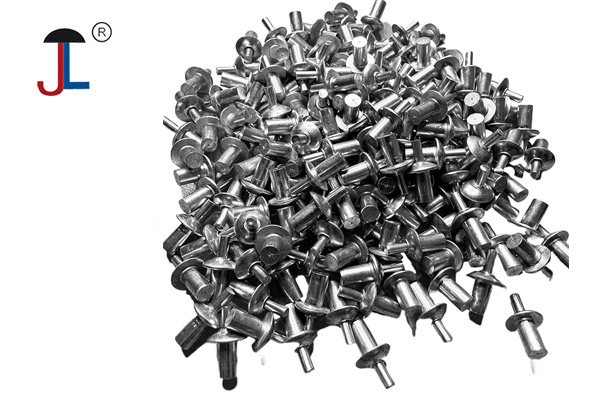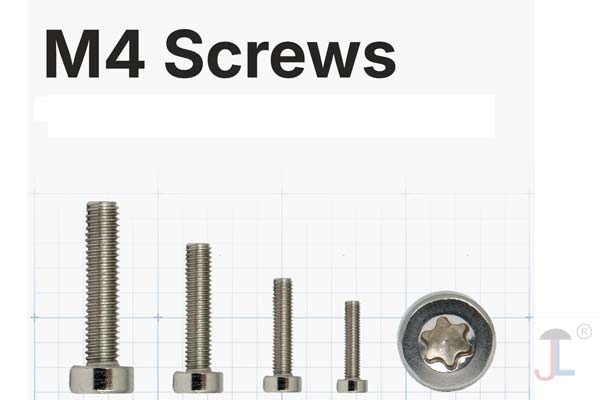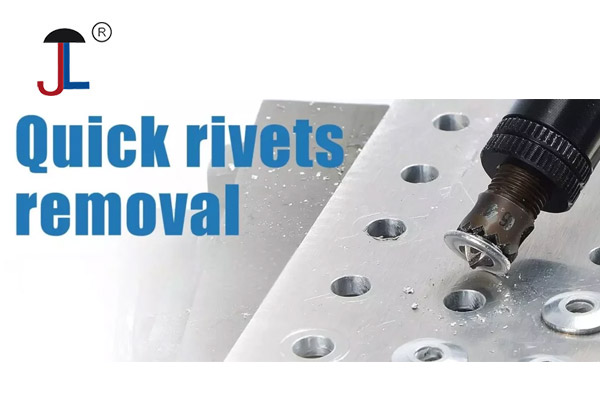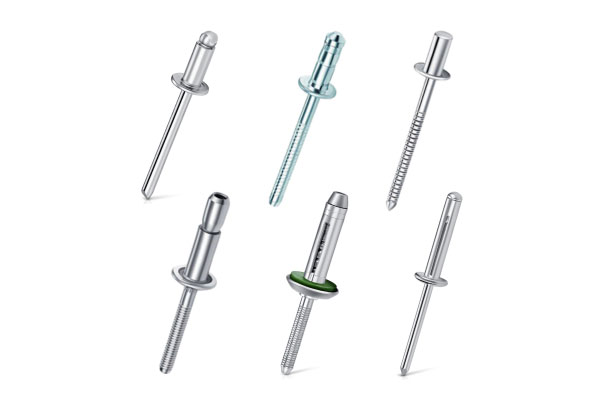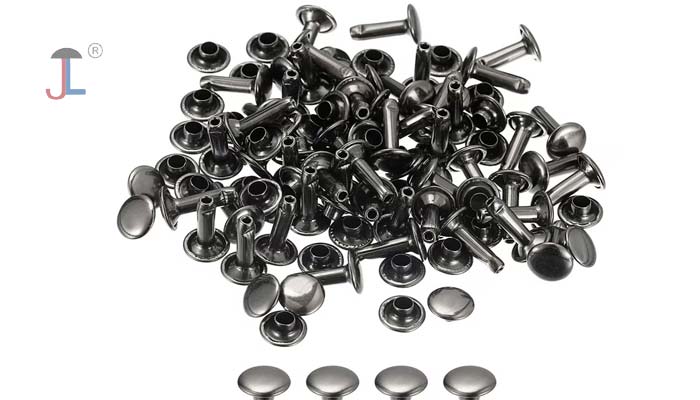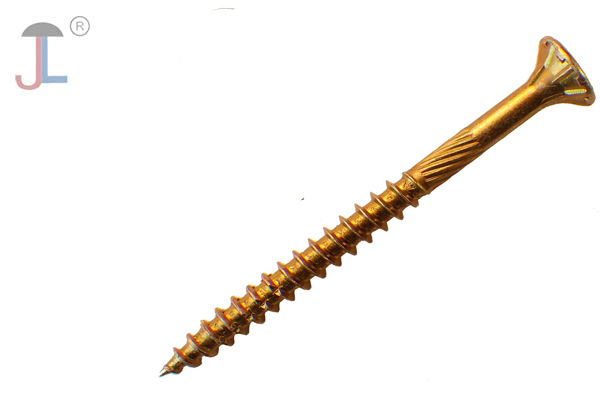What Are Flat Head Rivets?
Flat head rivets are a type of solid or blind rivet with a head that sits flush with the surface of the material once installed. This makes them ideal for applications where a smooth, flat finish is required.
✅ Key Features:
-
Flush surface finish
-
Reduced snagging or interference
-
Strong shear and tensile strength
📌 Common Applications:
-
Aerospace structures
-
Aircraft skins and panels
-
Automotive interiors
-
Metal fabrication where aerodynamics or a clean look is important
What Are Dome Head Rivets?
Dome head rivets, sometimes referred to as round head rivets, have a protruding rounded head that remains visible after installation. They are more common in general-purpose fastening applications and provide good strength without the need for a flush surface.
✅ Key Features:
-
Larger bearing surface
-
Better load distribution
-
Easier to install in some cases
📌 Common Applications:
-
Construction and structural steelwork
-
Railway and shipbuilding
-
Heavy machinery
-
General industrial use
Flat Head vs. Dome Head Rivets: Comparison Table
| Feature | Flat Head Rivets | Dome Head Rivets |
|---|---|---|
| Head Shape | Flat, flush with surface | Rounded, protruding from surface |
| Finish | Clean, aerodynamic | Visible, raised |
| Load Distribution | Lower surface area | Larger bearing surface |
| Best For | Precision, aesthetics, flush fit | Structural strength, general use |
| Installation | Requires countersinking | No countersinking needed |
| Typical Materials | Aluminum, steel, titanium | Steel, stainless steel, copper |
Pros and Cons
🔧 Flat Head Rivets
Pros:
-
Sleek, flush finish
-
Reduced drag in moving assemblies (great for aerospace)
-
Suitable for tight clearance spaces
Cons:
-
Requires pre-countersinking
-
Less load distribution on surface
🔩 Dome Head Rivets
Pros:
-
Better surface contact area
-
Stronger in load-bearing applications
-
Simpler installation
Cons:
-
Head protrudes—can interfere with aesthetics or aerodynamics
-
Less suitable for flush surfaces
Which Rivet Should You Use?
Choose Flat Head Rivets if:
-
Your project requires a smooth, flush finish
-
You're working on an aircraft or automotive panel
-
Aesthetic appearance or aerodynamics is a priority
Choose Dome Head Rivets if:
-
You need higher clamping force or load distribution
-
A flush finish is not necessary
-
You're working with structural or heavy-duty components
Material Options
Both types of rivets are available in a variety of materials to suit different environments:
-
Aluminum: Lightweight and corrosion-resistant
-
Stainless Steel: Durable and rust-proof
-
Copper or Brass: Decorative or conductive applications
-
Titanium: High-performance, used in aerospace and medical industries
Final Thoughts
Both flat head rivets and dome head rivets have their unique strengths and applications. The best choice depends on your specific project requirements—whether it's a clean look, structural strength, or ease of installation.
Always consider:
-
The required strength
-
Environmental exposure
-
Surface finish preference
-
Installation tools available
By understanding these key differences, you'll make a smarter choice and ensure a secure, long-lasting fastener solution.
Frequently Asked Questions (FAQ)
🔹 Are dome head rivets stronger than flat head rivets?
Dome head rivets generally distribute load better due to their larger surface area, making them more suitable for structural applications.
🔹 Can flat head rivets be used without countersinking?
No. Flat head rivets are designed to sit flush, which requires the material to be countersunk for a proper fit.
🔹 What tools are needed to install rivets?
You’ll typically need a rivet gun (manual or pneumatic), drill, and possibly a countersink bit for flat head rivets.
Want to source high-quality rivets for your project? Explore our wide selection of flat head and dome head rivets in various sizes and materials – engineered for durability, performance, and reliability.

